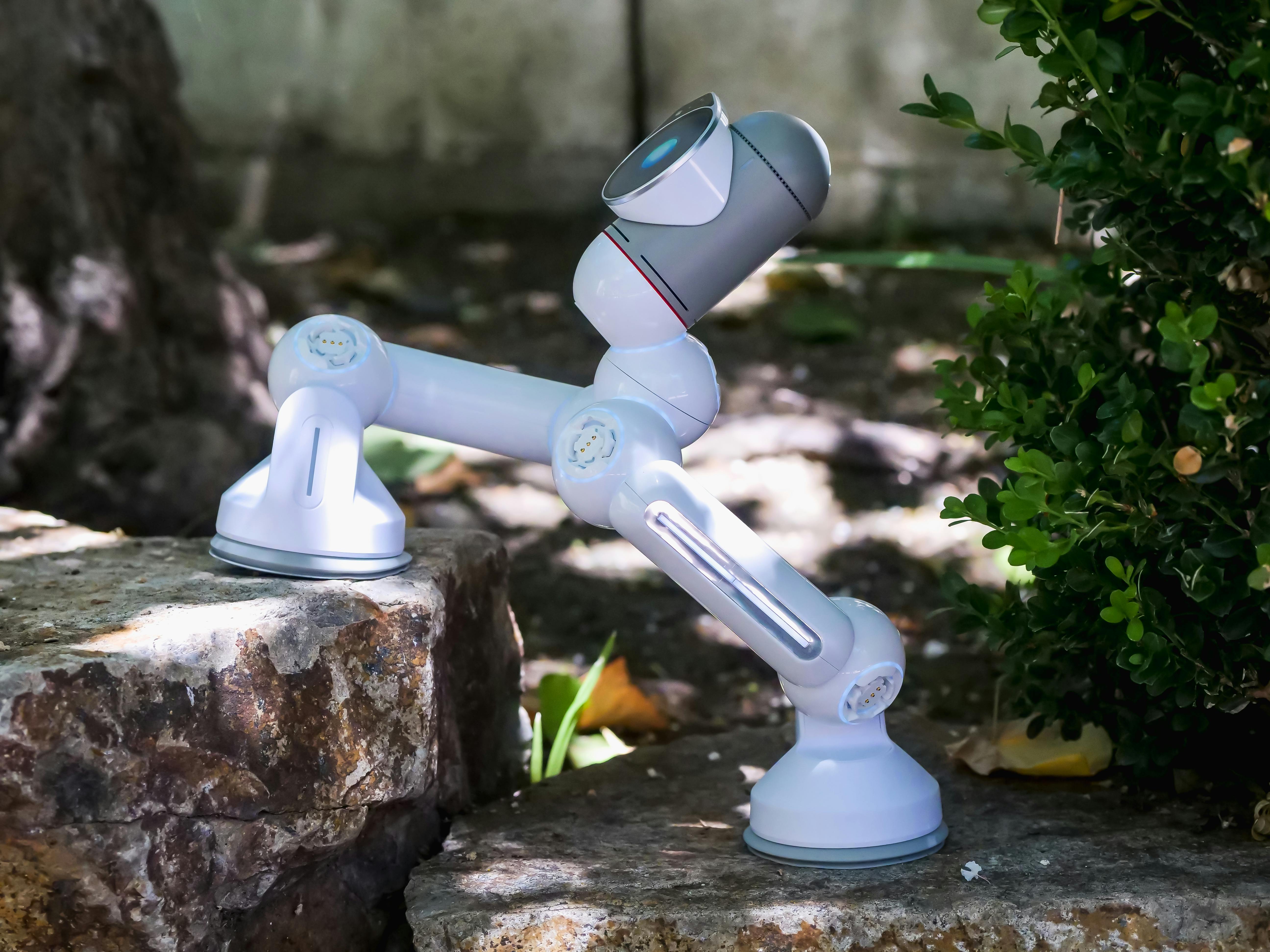**Emerging Potential in Industrial Co-Bots: A New Era of Collaboration**
Introduction: Today's industrial landscape is witnessing a new trend that is reshaping the way operations are conducted. The rise of collaborative robots, or co-bots, is presenting businesses with a unique opportunity to enhance productivity while fostering a harmonious human-machine relationship. Let's delve into this intriguing development and uncover its impact on the industry.

Co-Bots: The Dawn of a New Industrial Era
Co-bots, unlike traditional robots, are designed to work alongside human operators in a shared workspace. The concept emerged in the late 1990s as a research project by the General Motors Foundation. However, it wasn’t until recently that co-bots started gaining traction, thanks to advancements in robotics and artificial intelligence.
The Current Scene: Co-Bots in Action
Co-bots are currently being used across a variety of industries, such as automotive, electronics, and healthcare. They are performing tasks like assembly, packaging, and quality inspection, often outperforming their human counterparts in speed, precision, and consistency. Notably, co-bots are not replacing humans but rather complementing their skills, thereby creating a synergistic work environment.
Impact of Co-Bots: Benefits and Challenges
The adoption of co-bots in industrial operations brings several advantages. They enhance productivity, reduce errors, and can perform repetitive or hazardous tasks, thereby improving workplace safety. Moreover, co-bots are flexible and can be reprogrammed to perform multiple tasks, offering a degree of versatility that’s hard to match.
However, the integration of co-bots also presents challenges. Initial investments can be high, and there is a need for skilled personnel to operate and maintain these machines. Additionally, the human workforce may perceive co-bots as a threat to job security, leading to resistance in their adoption.
Co-Bots and the Future
Despite the challenges, the future of co-bots looks promising. Market research suggests that the global collaborative robot market is expected to reach $12.5 billion by 2025, growing at a CAGR of 50.1% from 2020 to 2025. As technology continues to advance, co-bots will become more sophisticated, affordable, and ubiquitous, marking a significant shift in the industrial landscape.
Leveraging Co-Bots: Key Considerations
- Risk Assessment: Before introducing co-bots, conduct a thorough risk assessment to identify potential safety hazards and implement necessary precautions.
- Training: Invest in training programs to equip your workforce with the necessary skills to work alongside co-bots.
- Change Management: Address potential resistance from employees early on. Make them understand that co-bots are not replacements, but partners that can make their work easier and safer.
- Pilot Testing: Before a full-scale implementation, carry out pilot testing to identify potential issues and optimize performance.
In conclusion, the emergence of co-bots presents an exciting opportunity for businesses to enhance productivity and foster a harmonious human-machine relationship. While the adoption of co-bots comes with its challenges, the potential benefits they offer are considerable. As we move into the future, co-bots are set to become an indispensable part of the industrial landscape, bringing a new era of collaboration.




